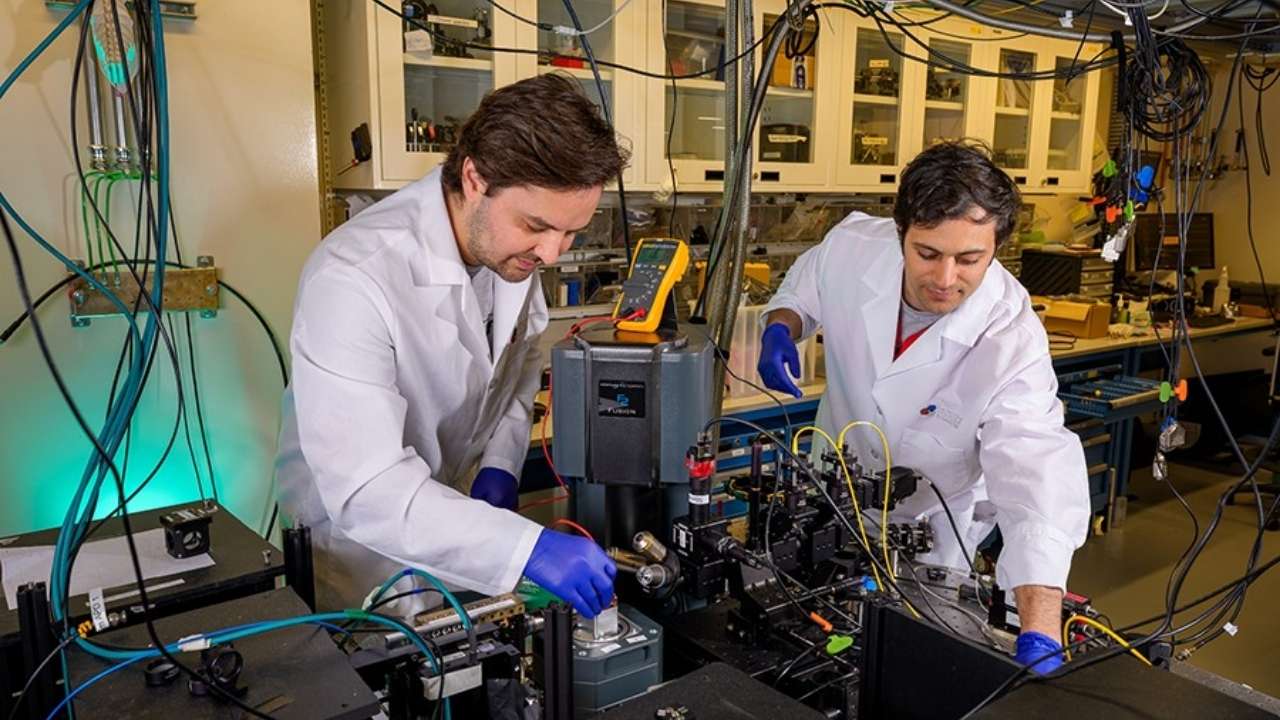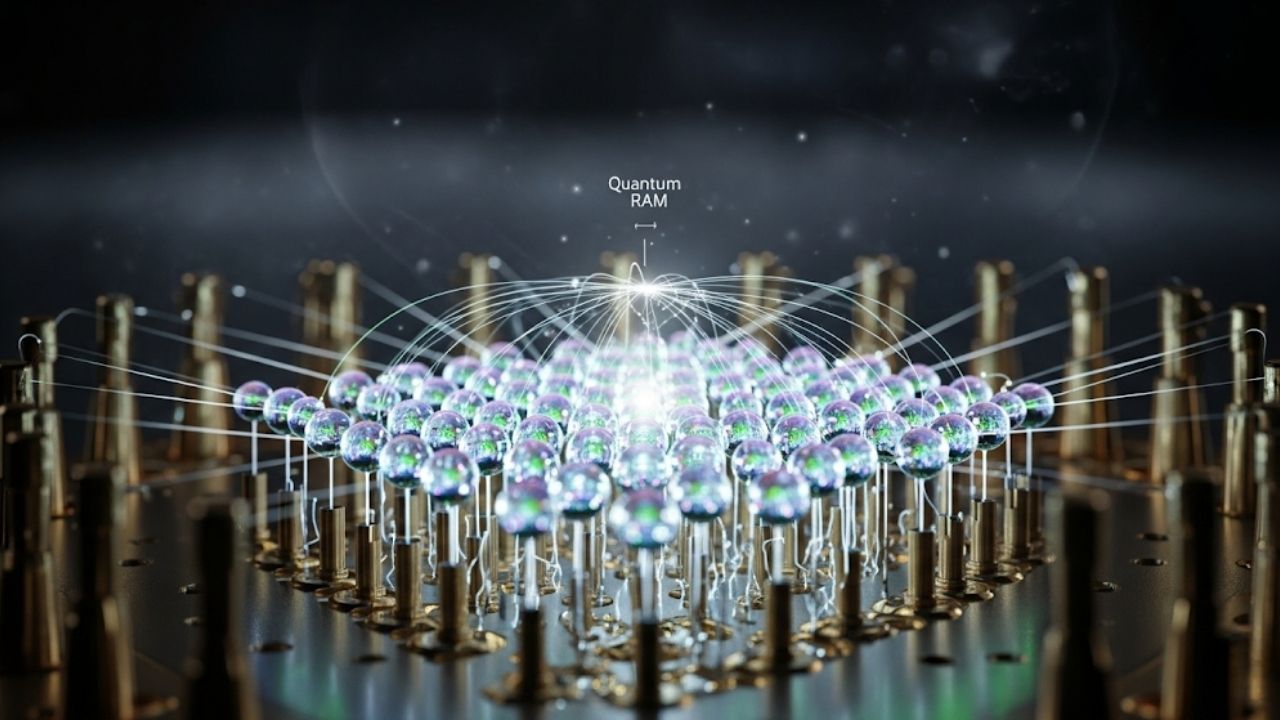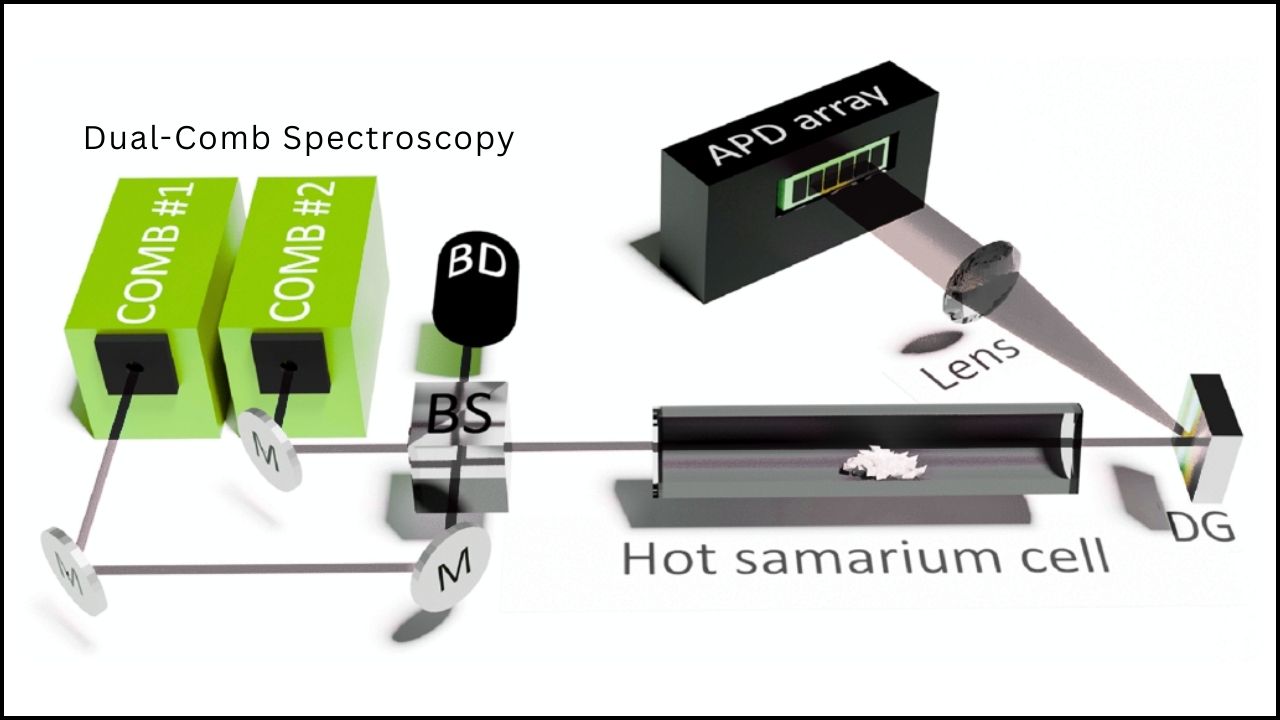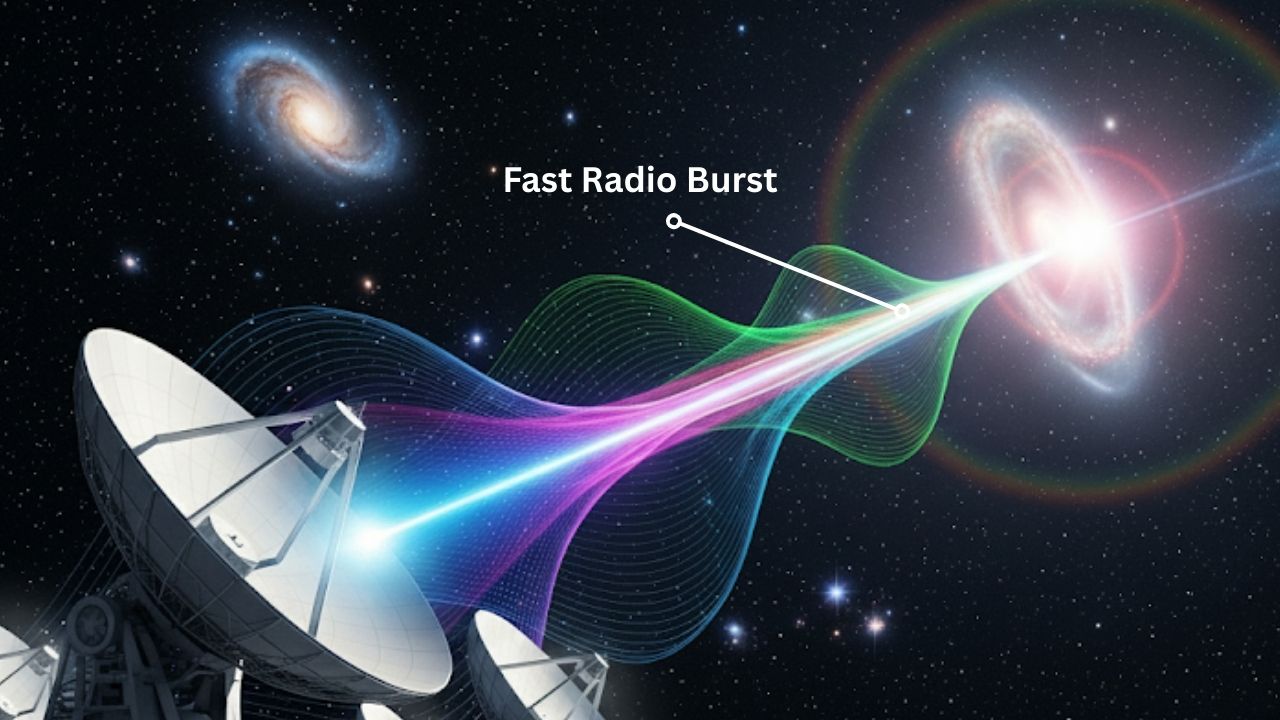Physicists Discover a New Method to Measure Neutrinos: Physicists Discover a New Method to Measure Neutrinos, the Universe’s Most Elusive Particles—a breakthrough that is reshaping our understanding of the cosmos. Neutrinos, often called “ghost particles,” are among the most mysterious building blocks of the universe. They are so tiny and so elusive that trillions pass through your body every second without leaving a trace. Yet, these particles may hold the answers to some of the biggest questions in science, from the origins of the universe to the nature of dark matter.
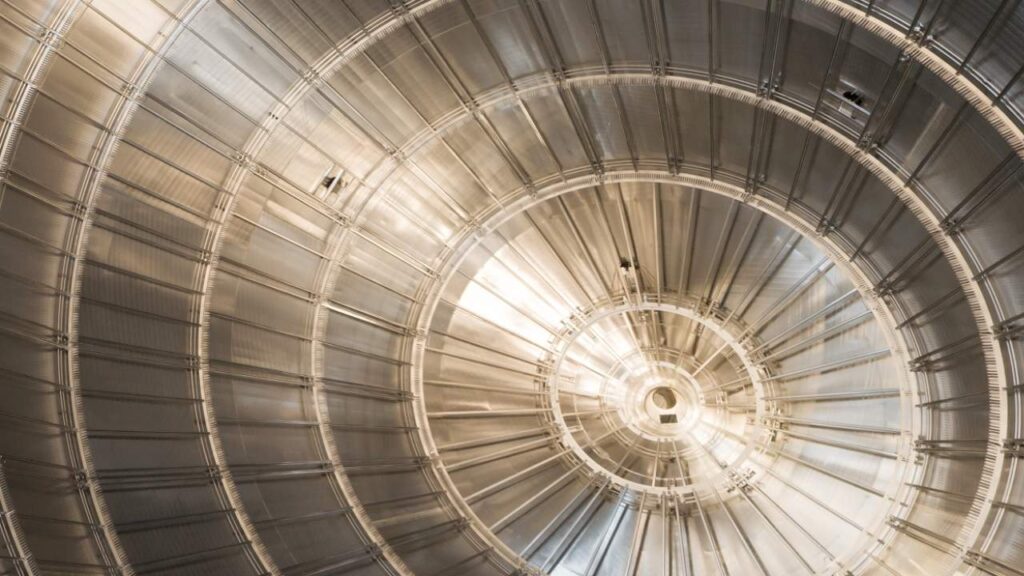
In recent years, scientists have made remarkable progress in measuring neutrinos, thanks to innovative experiments and new technologies. The KATRIN experiment, in particular, has set new standards for precision, offering insights that were once thought impossible. In this article, we’ll explore what neutrinos are, why they matter, and how the latest methods are helping scientists unlock their secrets. Along the way, you’ll find practical explanations, clear examples, and a step-by-step guide to how these measurements are made.
Physicists Discover a New Method to Measure Neutrinos
| Topic/Keyword | Details | Data/Stats | Career/Professional Info |
|---|---|---|---|
| Neutrino Mass Measurement | KATRIN experiment sets world record | Upper limit: 0.45 eV/c² | Collaboration of 20 institutions in 7 countries |
| Measurement Method | Direct, model-independent via tritium beta decay | 70-meter beamline, 10-meter spectrometer | Advanced technology, global expertise |
| Future Plans | TRISTAN detector, KATRIN++ R&D | Sensitivity goal: 0.3 eV by end of 2025 | Next-gen experiments for even finer measurements |
| Practical Impact | Insights into dark matter, galaxy formation, new physics | Neutrinos affect cosmology and particle physics | Opens new research and career opportunities |
The discovery of new methods to measure neutrinos marks a turning point in physics. Thanks to cutting-edge experiments like KATRIN, scientists are now able to probe the properties of these elusive particles with unprecedented precision. This progress not only deepens our understanding of the universe but also paves the way for new technologies and career opportunities. As research continues, the secrets of the “ghost particles” may hold the key to some of the universe’s greatest mysteries.
What Are Neutrinos?
Neutrinos are subatomic particles—far smaller than atoms themselves. They have almost no mass and no electric charge, making them incredibly difficult to detect. Despite this, they are everywhere. Every second, trillions of neutrinos pass through your body, through the Earth, and out the other side, all without interacting with any atoms.
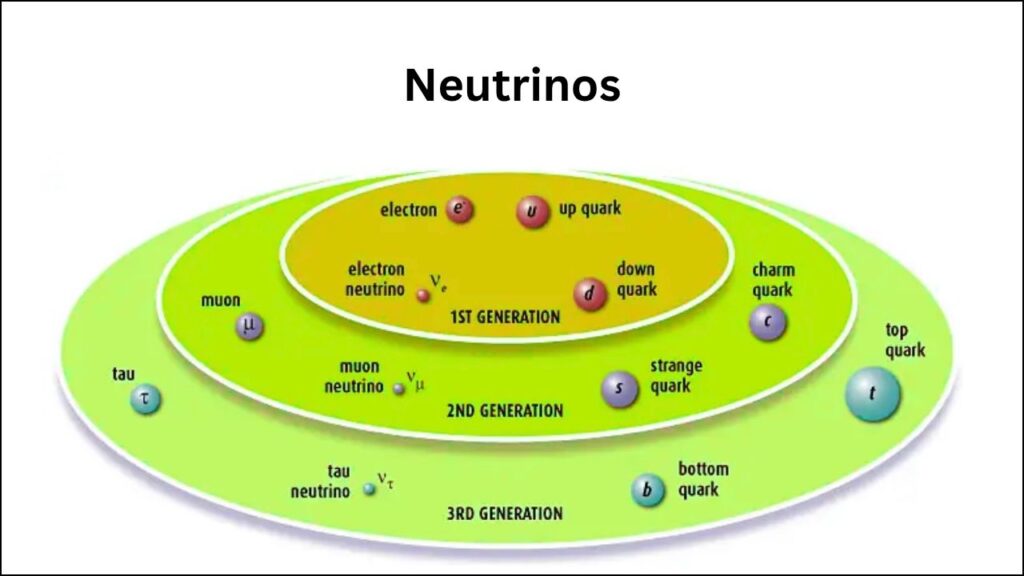
Why are neutrinos so important?
- They play a crucial role in the universe’s evolution, influencing how galaxies form and how stars burn.
- Their tiny mass and unique behavior suggest there could be new physics beyond what scientists currently understand.
Neutrinos come in three types, or “flavors”: electron neutrinos, muon neutrinos, and tau neutrinos. What’s fascinating is that as they travel, they can switch between these flavors—a phenomenon called “neutrino oscillation.” This behavior is one of the clues that neutrinos have a small, but non-zero, mass.
Why Are Neutrinos So Hard to Measure?
Imagine trying to catch a single snowflake in a blizzard using a hula hoop. That’s similar to the challenge physicists face with neutrinos. Here’s why:
- Incredibly Light: Neutrinos are less than a millionth the mass of an electron.
- Extremely Weak Interactions: They almost never collide with other particles, making them nearly invisible to even the most sensitive detectors.
- Ubiquitous Yet Elusive: While neutrinos are among the most abundant particles in the universe, their ghost-like nature makes them extremely difficult to study.
For decades, scientists could only estimate the properties of neutrinos indirectly. But understanding their mass and behavior is essential, not just for particle physics, but for unlocking the secrets of the universe itself.
The New Method: How KATRIN Measures Neutrinos
The KATRIN Experiment
The KArlsruhe TRItium Neutrino (KATRIN) Experiment is a groundbreaking international project based in Germany. It brings together over 200 scientists and engineers from 20 institutions across seven countries. Their ambitious goal: to measure the mass of the neutrino directly, with a level of precision never before achieved.
How Does KATRIN Work?
- Tritium Beta Decay: KATRIN uses tritium, a rare and radioactive form of hydrogen. When tritium decays, it emits an electron and a neutrino.
- Energy Spectrum Analysis: By measuring the energy of the electrons released, scientists can deduce the mass of the neutrino. The more energy the electron keeps, the less mass the neutrino must have taken away.
- Advanced Technology: The experiment features a 70-meter-long beamline and a 10-meter-wide spectrometer—the largest of its kind. This allows for incredibly precise measurements of tiny changes in energy.
What’s New and Why Does It Matter?
- World Record Precision: KATRIN has set a new upper limit for the neutrino mass at 0.45 electronvolts (eV/c²). To put this in perspective, a single electron has a mass of about 511,000 eV/c². This means neutrinos are at least a million times lighter than electrons.
- Direct and Model-Independent: Unlike previous methods, KATRIN’s approach doesn’t rely on assumptions about the universe or other particles. This makes its findings especially reliable.
- Continuous Improvement: The team is working to push the sensitivity even further, aiming for a limit of 0.3 eV/c² by the end of 2025.
Why Does Measuring Neutrino Mass Matter?
Unlocking Cosmic Mysteries
The mass of the neutrino is not just a number—it’s a key to understanding the universe. Here’s why:
- Cosmology: Neutrinos influence how galaxies and clusters of galaxies form. Even their tiny mass can affect the large-scale structure of the universe.
- Particle Physics: The fact that neutrinos have mass at all is a sign that the Standard Model of particle physics—the rulebook for how particles behave—needs to be updated.
- Dark Matter: Some theories suggest a type of “sterile” neutrino could be a component of dark matter, the mysterious substance that makes up most of the universe’s mass.
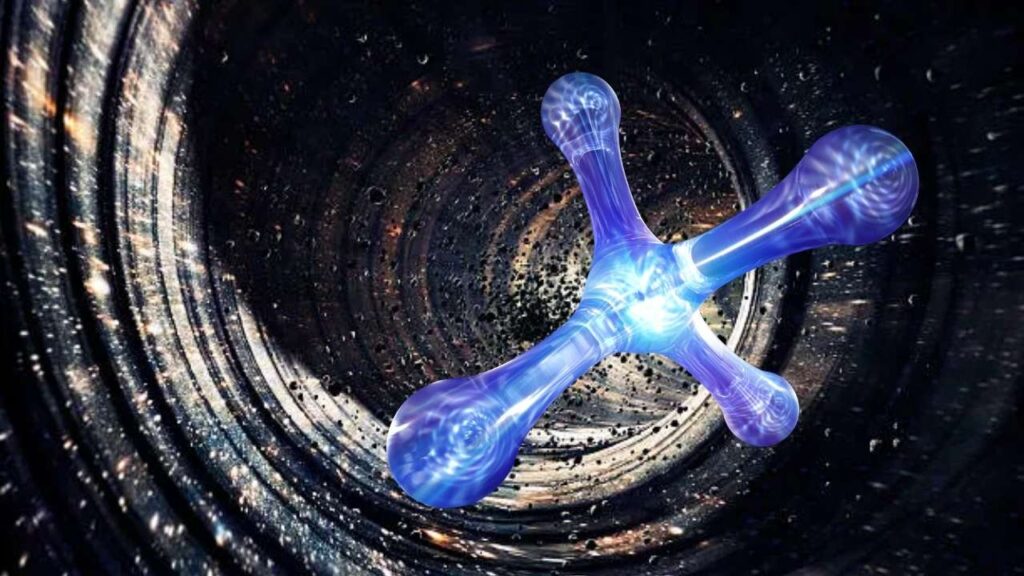
Real-World Impact
- Technological Innovation: The technologies developed for neutrino research often find their way into other fields, from medical imaging to advanced computing.
- Career Opportunities: These experiments require expertise in physics, engineering, computer science, and data analysis, offering exciting paths for students and professionals alike.
Other New Methods and Experiments
While KATRIN is leading the charge in direct neutrino mass measurement, other projects around the world are also making important contributions.
JUNO Experiment
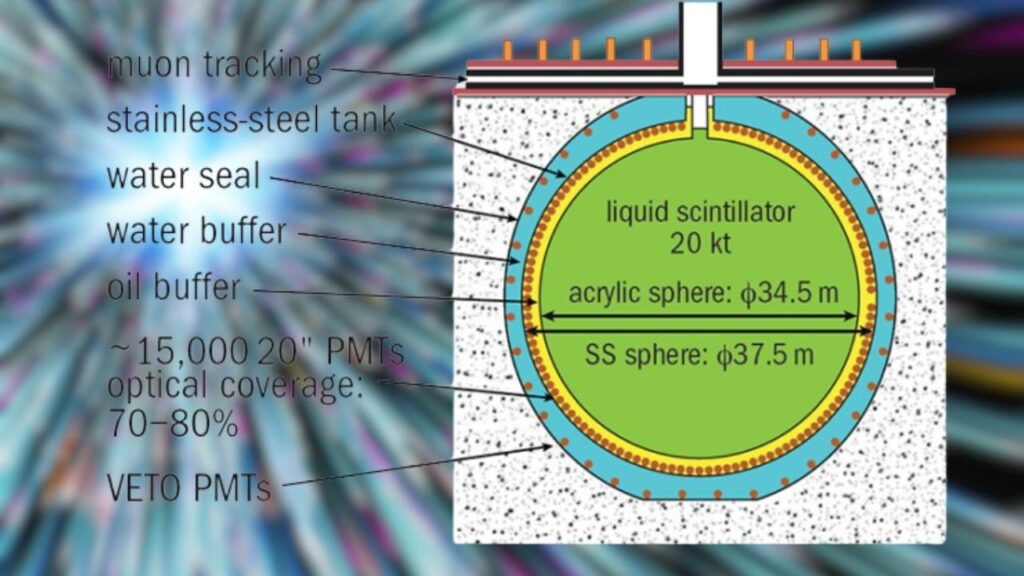
The Jiangmen Underground Neutrino Observatory (JUNO) in China is designed to detect neutrinos from natural sources like the sun, the Earth, and distant supernovae. JUNO uses a massive tank filled with a special liquid that flashes when a neutrino interacts. Thousands of sensors capture these flashes, allowing scientists to study the properties of neutrinos in detail.
Penantrap and Wavepacket Techniques
Other experiments are using innovative new methods:
- Penantrap: This experiment uses a series of electromagnetic traps to capture single atoms and measure their behavior during radioactive decay. By observing tiny changes in these atoms, scientists can infer the properties of the neutrinos involved.
- Wavepacket Measurement: By implanting certain atoms into ultra-sensitive sensors and observing their decay, researchers are able to set limits on the size of the neutrino’s quantum “wavepacket.” This helps refine our understanding of how neutrinos behave at the smallest scales.
NASA’s νSOL Project
NASA is developing new detectors for its νSOL project, designed to capture solar neutrinos close to the Sun. The higher neutrino flux in space could allow for much cleaner and more accurate measurements, free from much of the background noise found on Earth.
Step-by-Step Guide: How Scientists Measure Neutrinos
- Choose a Source: Scientists select a source that produces a large number of neutrinos, such as tritium, nuclear reactors, or the sun.
- Build a Detector: These detectors are often enormous and located deep underground or in shielded laboratories to protect them from interference.
- Collect Data: The detectors monitor for rare interactions or measure the energy of particles produced during decay.
- Analyze Results: Advanced computers sift through massive amounts of data to identify the faint signals left by neutrinos.
- Refine and Repeat: As new technology becomes available, scientists refine their methods and repeat measurements to improve accuracy.
New Discovery in Atomic Physics Could Unlock Powerful Quantum Behaviors in Ultra-Cold Matter
Scientists Use Magnetic Chains and Superconductors to Create a New Quantum Material
Quantum Teleportation Between Computers Achieved for the First Time in History
FAQs About Physicists Discover a New Method to Measure Neutrinos
What is a neutrino?
A neutrino is a tiny, nearly massless particle with no electric charge. It interacts so weakly with matter that it can pass through almost anything without being noticed.
Why are neutrinos called “ghost particles”?
Because they rarely interact with other matter, making them extremely difficult to detect. Billions pass through your body every second without you feeling a thing.
How do scientists measure something so elusive?
They use extremely sensitive detectors and look for rare events or tiny changes in energy that happen when a neutrino interacts with another particle.
What’s the latest record for neutrino mass?
The KATRIN experiment has set the current upper limit for the neutrino mass at 0.45 electronvolts (eV/c²).
Why does knowing the mass of the neutrino matter?
It helps scientists understand how the universe is structured, how matter behaves, and could lead to discoveries of new physics beyond current theories.
What careers are available in neutrino research?
Neutrino research involves physics, engineering, computer science, and data analysis. It offers opportunities in academia, research labs, and technology development.
The Future of Neutrino Research
The field of neutrino research is advancing rapidly. As detectors become more sensitive and techniques more refined, scientists hope to answer even deeper questions:
- Are there more types of neutrinos yet to be discovered?
- Could neutrinos help explain why the universe is made mostly of matter and not antimatter?
- What role do neutrinos play in the evolution of stars and galaxies?
Future projects, such as the TRISTAN detector and KATRIN++, aim to push the boundaries of what’s possible, potentially revealing new physics and deepening our understanding of the universe.
